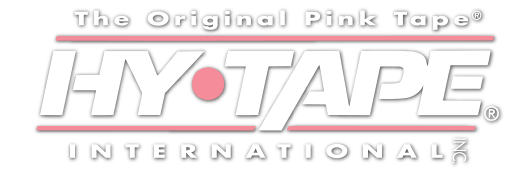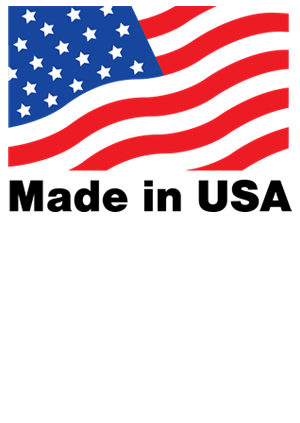
Medical professionals who take care of neonates must understand the unique situation of their patients. Seeing as neonates are patients younger than four weeks old, their bodies are very early in the development process and this includes the development of their skin cells.
Wound care for neonates is especially trickly. As the skin layers have yet to fully form, any damage to the skin can lead to lifelong issues for the patient. Even taking a blood sample from a neonate will leave a mark that could last a lifetime.
Proper wound care is important for neonates due to the underdevelopment of their skin. Proper securing of a wound dressing is just as important. Materials such as Hy-Tape can help hold a wound dressing in place without adding excessive strain to the skin around the wound. Removing Hy-Tape is also easy, as the adhesive is designed to be sensitive to all skin when being removed.
Why skincare for neonates is different
Neonates are defined as children who are under four weeks old. At this early age, the skin tissue is very vulnerable and at a higher risk of damage compared to later in life. Even children at one or two months have skin that is more developed and stronger.
With their skin in such a susceptible state, any type of wound care must be performed carefully. It’s also vital to use skin-sensitive creams and materials when applying a wound dressing on a neonate patient.
As with any wound dressing, securing the dressing is especially important. Hy-Tape has developed a wound dressing tape that holds firm without stressing the surrounding skin. The tape is designed to move comfortably and be removed with limited irritation. This helps to ensure a neonate patient’s skin does not take on any unnecessary damage.
Read: Securing & Waterproofing for Summer Splashes – A Mom’s Testimonial
Wound care recommendations for neonates
Many studies have been done over the years to determine the best wound dressing options for neonates. Neonate skin cannot typically handle the ingredients or adhesives involved with typical wound dressings due to the underdevelopment of the skin cells. After years of studies, the medical community has determined five first-line treatments for neonate wound care:
- Hydrogels – Hydrogel wound dressings are good for hydrating a wound bed, helping to repair the skin. This can be an important aspect of wound healing for a neonate patient. However, it can take days or even weeks for the hydration benefits to take effect.
- Hydrocolloids – Hydrocolloids are common wound dressings that are known for their pliability. This flexibility can be helpful when healing a wound on any patient. However, their composition can be disrupted and healing can be slowed if the hydrocolloid comes in contact with bodily fluids. A water-resistant tape such as Hy-Tape can help keep bodily fluids away from the wound.
- Barrier Films – Barrier films offer a high level of protection compared to some other wound treatments. They offer protection against a variety of issues that could arise during the wound healing process. Barrier films hold lightly in place with a limited amount of adhesive material, so adding Hy-Tape to ensure a tight hold can be helpful.
- Barrier Creams – Barrier creams are protective creams that go onto a wound and protect it from outside interference. These creams create a barrier that resists irritants, allergens, bacteria, and other materials that can cause problems and slow the healing process.
- Foams – Foam wound dressings are soft and easy on the skin. They are absorbent and help collect excess liquid around a wound. Foam wound dressings require a strong adhesive like Hy-Tape to ensure they stay in place for extended periods.
Over time, other wound care dressings may be suggested for neonates, but these five options have shown promise for now. Choosing which wound care option is best should be left up to the medical professionals.
Securing a wound dressing for neonates
As with any wound dressing, it’s important to make sure the wound is completely covered and sealed off from the elements. Without proper sealing, the wound runs the risk of slower healing, infection, or permanent skin damage.
Using Hy-Tape is the best option for securing a wound dressing. Hy-Tape is designed to hold a wound dressing in place for extended periods of time without an issue. It’s also designed to move comfortably with the patient, not pinching or pulling at the skin.
Hy-Tape is also made for easy removal despite its strong hold. The adhesive can keep the tape in place as long as the dressing needs to be on the wound. When it’s time to change out a dressing, Hy-Tape easily removes without irritating the skin.
Taking care of a patient’s wounds is always a delicate situation, but for neonates, it is especially important to be careful. Using the right wound dressings and tape are essential components to ensuring proper healing. Hy-Tape is the best option for firmly holding a dressing in place with as little irritation to the skin as possible.
Learn more about Hy-Tape and how it works for neonatal patients and small children:
Skin Tears & Securing Devices On Geriatric & Neonatal Patients

